Browsing the "Blog" Category
The Palaeocast blog is where we let palaeontologists around the world their their own stories in their own voice. If you’re interested in writing your own article for the Palaeocast blog, please get in touch via the contact form. The link is at the foot of every page.
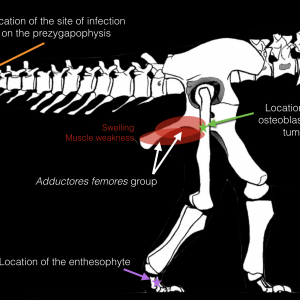
Published on July 30th, 2017 | by Chris Barker
Titanosaurs include some of the largest terrestrial organisms to walk the Earth: globally distributed, multi-tonne behemoths representing the last of the sauropods at the end Cretaceous extinction event. Much about their biology is known, ranging from [&hellip... Read More →
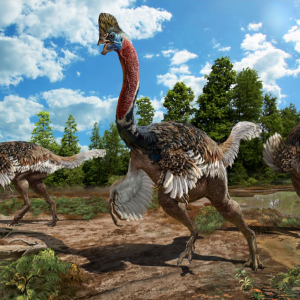
Published on July 29th, 2017 | by Chris Barker
The Late Cretaceous rocks of Ganzhou, China, are rife with oviraptorids. We have seen these strange theropods before here at Palaeocast, when we looked at the very high temperatures at which they incubated their eggs. The [&hellip... Read More →
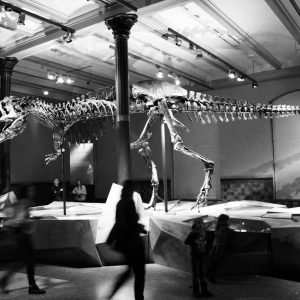
Published on July 18th, 2017 | by Guest Blogger
“Must go faster!” yells Dr Ian Malcolm, as his mangled, yet rather toned, body was hauled away in the Jurassic Park jeep, his lovely hair swaying in the wind as they fled from the Tyrannosaur paddock, [&hellip... Read More →
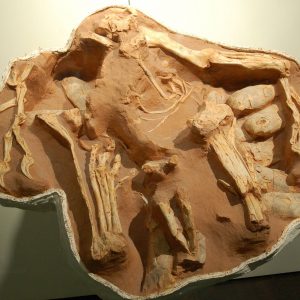
Published on July 7th, 2017 | by Guest Blogger
Implications for Dinosaur Nesting Behaviour and Thermophysiology Oviraptorosaurs had received a pretty bad reputation when they first popped onto the scene. Initially, palaeontologists branded these creatures as “egg plunderers”, due to the discovery of an individual, [&hellip... Read More →
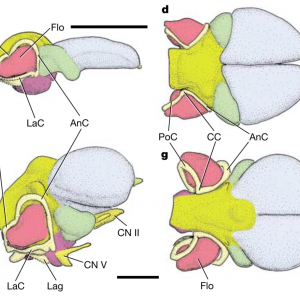
Published on June 26th, 2017 | by Guest Blogger
With advancements in computed tomography (CT) scanning comes an increased understanding of the internal structures preserved in extant and extinct animals, providing a non-destructive way of peering into the bones and revealing their secrets. Along with [&hellip... Read More →
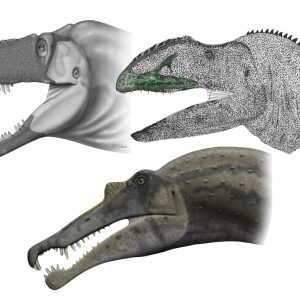
Published on June 18th, 2017 | by Guest Blogger
Articles on dinosaur neurovasculature are like buses: you wait for most of the Phanerozoic for one to arrive and then two appear at once. Indeed, 2017 saw the publication of two articles relating to the purpose [&hellip... Read More →
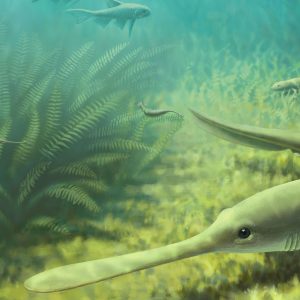
Published on February 20th, 2017 | by David Marshall
Tullimonstrum gregarium, the ‘Tully Monster’, is an enigmatic fossil from the Late Carboniferous Mazon Creek lagerstätte, Illinois, USA. This soft-bodied animal is instantly recognisable by its ‘torpedo-shaped’ body ending in a tail; its long, elbowed, proboscis [&hellip... Read More →

Published on February 17th, 2017 | by Guest Blogger
To understand the evolution of life, palaeontologists can employ a variety of techniques. This typically involves the visual identification of fossils, like bones or teeth, within the sedimentary record, either by eye or using a microscope. [&hellip... Read More →
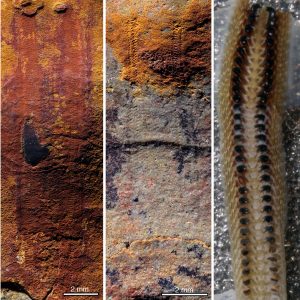
Published on February 6th, 2017 | by Guest Blogger
Molluscs are among the most disparate of the animal phyla. They range from the incredibly complex squids and octopods, which have acute vision and can even be intelligent enough to use tools, to very simple and [&hellip... Read More →






















